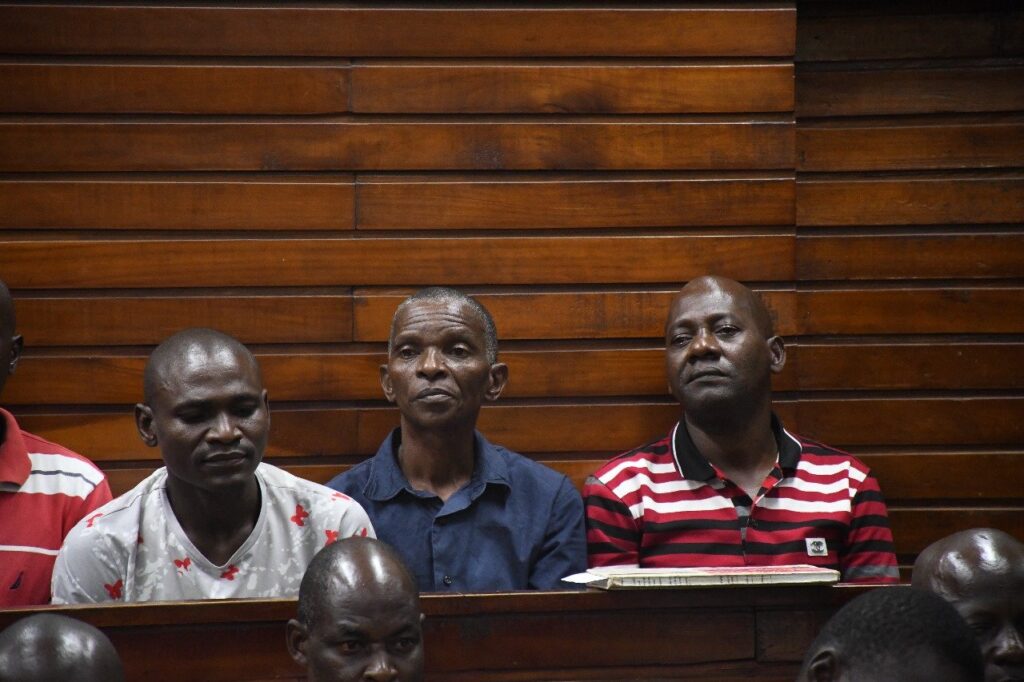A 15-year-old boy, identified only as GN, gave harrowing testimony in court as a key witness in the ongoing manslaughter trial against preacher Paul Mackenzie and his 94 co-accused. GN recounted his chilling experience in Shakahola Forest, once believed by followers to be a sacred path to salvation, now notorious as the site of one of Kenya’s most disturbing religious tragedies.
Speaking in a soft voice, GN described the extreme fasting regime imposed on Mackenzie’s followers. The schedule began with newborns, followed by children, women, and finally men. GN revealed that Mackenzie claimed Jesus would not return, and that death was the only way to follow Him.
Photos shown in court depicted GN as a severely emaciated boy, visibly weakened from days without food or water. He stated that the fasting was a deliberate means to “hasten death” in the name of religious devotion. He attended Saturday gatherings alongside his mother and younger brother, fully immersed in the teachings of the Good News International Church.
GN explained that the Shakahola compound was not chaotic but a strictly regulated environment with assigned roles. Village elders enforced rules, while a security team—comprising individuals like Manu wa Tuk Tuk, Titus, Stefano, Hallelujah, Robert, and Charles—monitored members, intercepted escapees, and warned of police activity.
He recalled being beaten by a man named Evans for “getting out of line.” After 11 days without food, he and a friend tried to flee, only to be caught and returned. Eventually, GN and his brother managed to seek help through a local herder, prompting a police rescue operation.
He shared how the church’s teachings had caused him to abandon school, believing education was evil. Followers were isolated, forbidden from visiting one another, and urged to “wait upon the Lord” even as starvation claimed lives.
Fasting occurred in “fasting bays” plastic-covered enclosures designed to trap heat and quicken dehydration. GN described how many died in these suffocating spaces. Mourning was forbidden; the dead were praised as martyrs, their deaths celebrated instead of grieved.
The trial continues, as the court hears more from survivors of what has become one of the most shocking cult tragedies in recent history.

